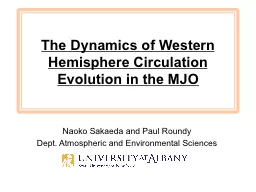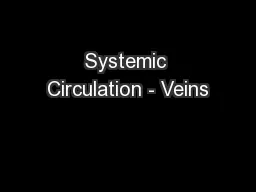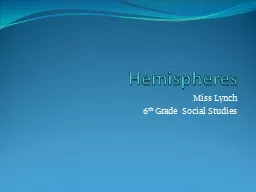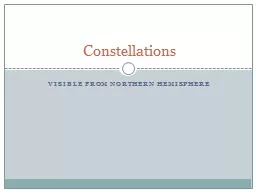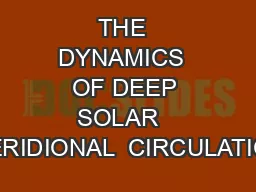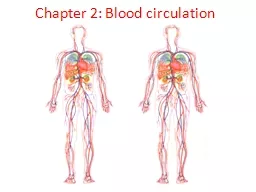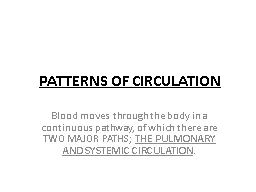PPT-The Dynamics of Western Hemisphere Circulation Evolution in
Author : stefany-barnette | Published Date : 2016-11-16
Naoko Sakaeda and Paul Roundy Dept Atmospheric and Environmental Sciences From Roundy 2014 J Atmos Sci From Roundy 2014 J Atmos Sci Data Wind data from CFS Reanalysis
Presentation Embed Code
Download Presentation
Download Presentation The PPT/PDF document "The Dynamics of Western Hemisphere Circu..." is the property of its rightful owner. Permission is granted to download and print the materials on this website for personal, non-commercial use only, and to display it on your personal computer provided you do not modify the materials and that you retain all copyright notices contained in the materials. By downloading content from our website, you accept the terms of this agreement.
The Dynamics of Western Hemisphere Circulation Evolution in: Transcript
Download Rules Of Document
"The Dynamics of Western Hemisphere Circulation Evolution in"The content belongs to its owner. You may download and print it for personal use, without modification, and keep all copyright notices. By downloading, you agree to these terms.
Related Documents

